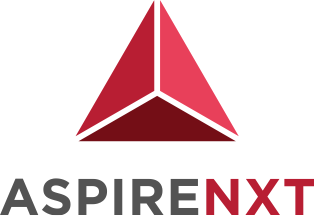Understanding SaaS Characteristics and the type of application that could help your business to identify the best SaaS Platform

The best way to understand the SaaS model is by understanding the key characteristics that could benefit your organisation.
1. Multitenant Architecture
The multi-tenant architecture allows users to share a single and common infrastructure with a code base that is maintained centralised. Sharing the same infrastructure and code base helps to reduce the cost for the businesses as they allow the tenant to share the cost of maintenance and updates.
2. Automated Provisioning
Businesses should be able to access their SaaS applications on the go, which means the process of provisioning needs to be automated. The applications are typically used by B2B and B2C customers, which demands the application to be easily accessed by surfing the net and providing the access credentials. An important characteristic is a de-provisioning ability where the business could remove the access from the user/organisations whenever they decide not to use the SaaS.
3. Subscription-based billing
SaaS usually doesn’t involve any complexity of license cost or upgrade cost. It usually allows the business to be subscription based whenever the business requires them and discontinue when they don’t need the application anymore. SaaS usually provide various pricing models and billing cycles, and some will be able to charge based on usage-based billing. Another important characteristic of a SaaS Application is it should be able to be invoiced.
4. High availability
SaaS is shared by multiple tenancies; hence the availability is expected to be really high. With highly available, it allows SaaS to provide 24/7 accessibility to the user across the globe. It also means that the application is avoiding a single point of failure in each and every part of the application.
5. Elastic Infrastructure
Usually, SaaS comes with a feature that is easily scalable. It has the ability to shrink and expand based on the requirements. It was designed in such ways to ensure that the business could upgrade/downgrade the applications based on recent business requirements and help in enhancing cost efficiency.
6. Data Security
Data Security is a very crucial characteristic of any SaaS application. The provider should be able to protect the business’s data and information from corruption and unauthorised access. Since SaaS is designed to be in multi-tenancy infrastructure, it becomes very important for the vendor to ensure that the data is secured. It should allow certain data to be able to be stored in encrypted storage for a particular tenant and not accessible by the other tenant. Having a very good Key management framework will become the main key characteristic in SaaS Applications.
There are a few types of SaaS applications that the business could consider based on current business requirements and industries.
Messaging Applications:
- A cloud-based messaging system could help to help the business to work more efficiently by providing a platform that could connect colleagues all over the world and enable them to collaborate effectively. This has helped a lot of businesses in having a faster communication platform and easily accessible at any time.
Example of SaaS Applications: Microsoft Teams
Video conference programs:
- This kind of application has helped to enable business professionals to attend a high-quality video conference with each other, talk face to face and share their screens for presentations. During the pandemic, these applications have helped a lot of businesses in organising virtual meetings and webinars with interactive functionality to provide a great user experience.
Example of SaaS Applications: Zoom Video Conferencing
Marketing Tools:
- There are many types of software that were developed for marketing purposes which help the business to implement social media, email as well as digital content for advertising campaigns. All kind of advanced functions was introduced from time to time-based on business needs, no matter their business size. This has improved business productivity over time.
Example of SaaS Applications: Hubspots
Customer Relationship Management Systems (CRM):
- Customer Relationship Management Systems or known as CRM, introduced to help the business leaders, sales and marketing team members to keep track of customers’ progress and activity. It enables the business to also analyse customer behaviour and interest and increase retention rates.
Example of SaaS Applications: Salesforce
There are more SaaS Applications that are available in the market which provide different kinds of services and benefits to businesses. AspireNXT provides SaaS solutions that could help business increase their productivity while saving business costs. We help our clients to understand the benefits of SaaS and suggest the best applications based on the client’s business requirements.




